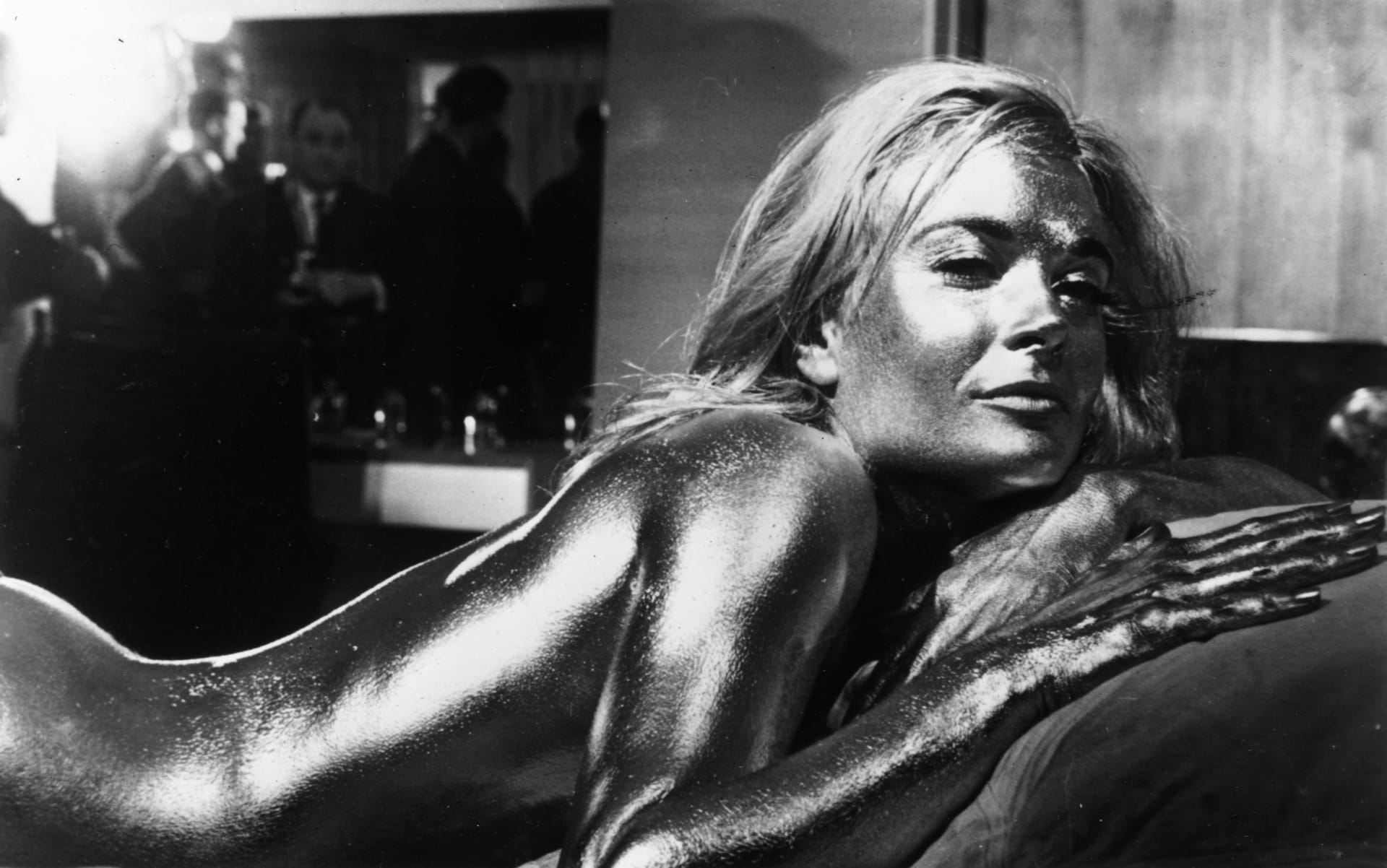دبي، الإمارات العربية المتحدة (CNN) -- الشهوانية في تاريخ الفن الغربي، لطالما تمت إدانتها وتجاهلها، أو إخفائها.
ولعدة قرون، كان لا بد من النظر إلى الأعمال الأسطورية أو الدينية لتمثيل الجسد العاري، وأبرز مثالين على ذلك، إلهة الحب والجمال فينوس في روما القديمة، وآدم وحواء والرمز إلى الخطيئة في الجنة.
وتحررت الفنون الشهوانية من قيود الأساطير والأديان والأوساط الأكاديمية مؤخراً، لتقدم وسيلة ترمز إلى الشعور العارم بالرغبة الجنسية.
وتاريخياً، تجلّت الكثير من الإثارة الجنسية في الفنون، مثل الجدارية السيئة السمعة في مدينة بومبي الإيطالية، والتي صورت حالة الانتصاب والأفعال الجنسية، حيث كان يعمد الفنانون في الهند والصين واليابان إلى خلق أعمال فنية ترمز إلى الأفعال الجنسية بأسلوب جميل وجريء.
وترسخت المفاهيم الجنسية في أوروبا في وقت لاحق، مع صعود ما وصفه البعض بـ"الفن الفاسق". وفي القرن الثامن عشر شهدت فرنسا ظهور اللوحات غير اللائقة والتي تعود لفنانين مثل أنطوان واتو، وجان هونوري، فضلاً عن انتشار النقوش المثيرة، وهو ما يعادل الصور الإباحية اليوم، والتي يمكن أن تُوجد في أي مكان.
ومثّل ذلك نقطة تحول بالنسبة للإثارة الجنسية في الفن، ولكن تهديد الرقابة كان ما زال يلوح في الأفق، مثل ما حصل مع ستة قصائد من ديوان "أزهار الشر" الذي صدر في العام 1857 لشارل بودلير، والتي تمت إدانتها بسبب الإباحية، ومُنعت من النشر، فضلاً عن لوحة إدوار مانيه (1862) والتي صورت امرأة عارية تجلس بين رجلين بكامل ملابسهما خلال نزهة.
ومع ذلك، بعد أقل من 30 عاماً، رسم الفنان غوستاف رودان لوحة "القبلة" والتي تتضمن جسدين عاريين، يقبلان بعضهما. وهكذا في نهاية القرن الـ19، وبحسب ما قال الفيلسوف الفرنسي جورج باطاي فإن الجنسية تخطت الخصوبة، واستخفت بالمثل العليا للجمال والأخلاق.
أما الفنون الشهوانية، فأدت دوراً أساسياً في الثورة الفنية في القرن الـ20، حيث اشتهر الفنانون بول غوغان وغوستاف كليمت وبيكاسو باللوحات التي ترمز إلى العري.
وأصبح الفن بمثابة تعبير عن القوة الحيوية واللاواعية التي تتخذ من الرغبة عنواناً لها. وتجاوزت القوة التجريبية والمغرية للفنون المثيرة مجرد الرموز، لتحكي عن قصة أخرى تتجاوز التاريخ، والأكاديمية، والدين، والأسطورة.
ووصف البعض الفنون الشهوانية بصورة بلا إطار، أو صورة عارية ونقية تتعدى على القاعدة، من خلال تعبير الناس عن القوة اللانهائية وجمالية اللاوعي، ما قد يتوافق مع ما قاله بيكاسو حول حالة التماهي بين الفنون والحالة الجنسية.
